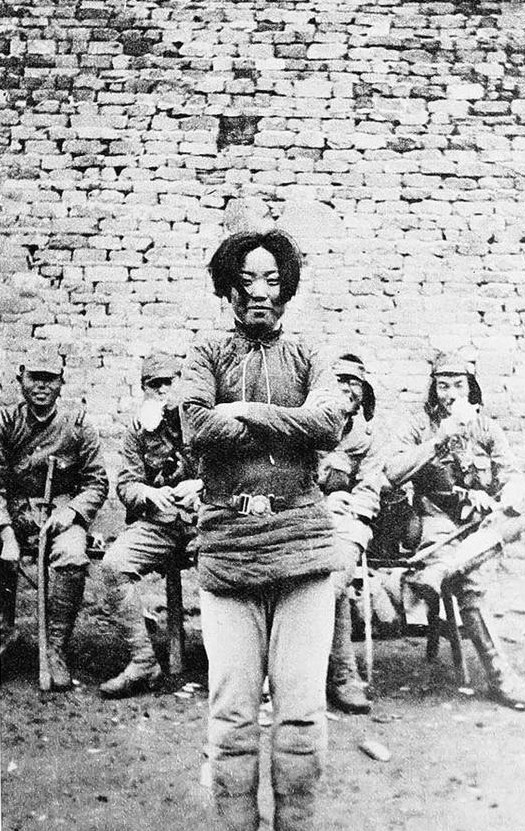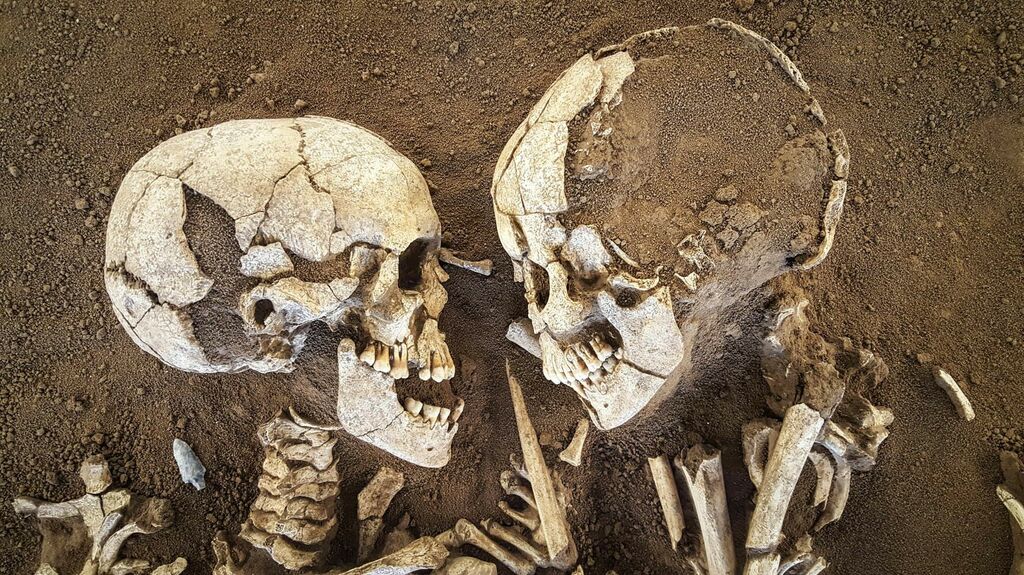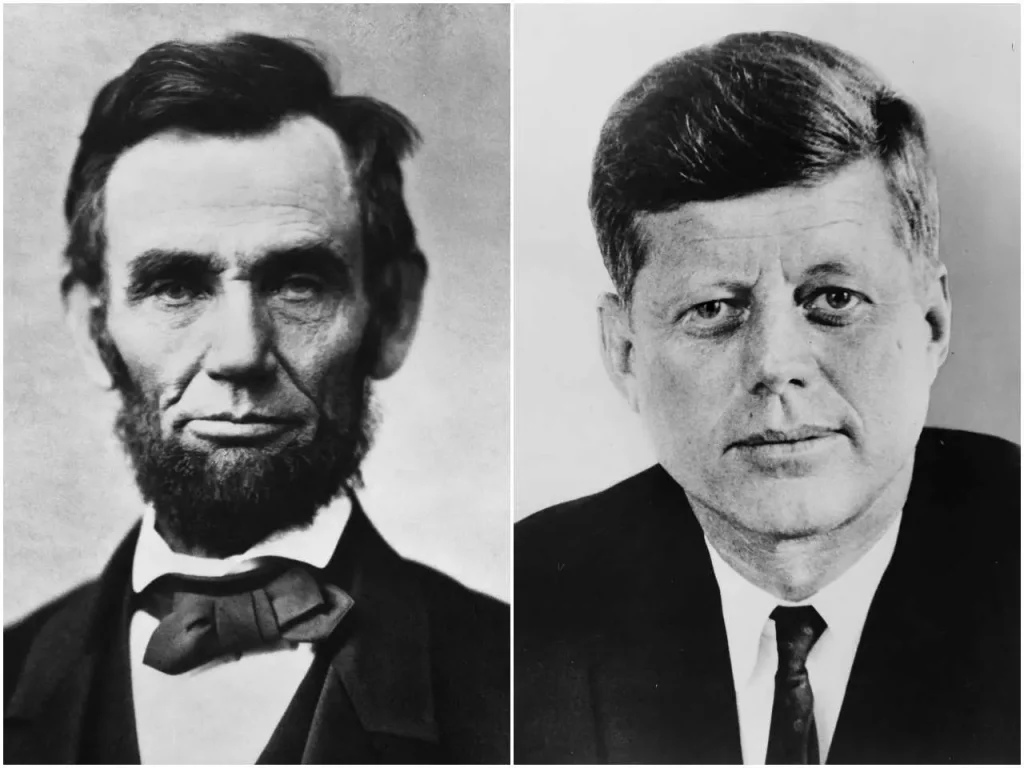Last updated on September 17th, 2024 at 02:21 am
This photograph captures one of the last moments of this woman’s life.
Cheng Benhua was a resistance fighter who gave her life defending her home country of China against the Japanese Imperial Army. She has become a symbol of bravery in the face of death and unspeakable abuse.
Not long before striking this defiant pose, Cheng Benhua was repeatedly abused and assaulted by her Japanese captors. Despite the violence she had to endure and the awareness that she would soon be killed, she still managed to put on a devious smile that made it seem like she was taunting the soldiers around her.
Who was this brave woman and what events led her to these haunting last moments?

The Sino-Japanese War
When tracing the events that led up to Cheng Benhua’s end, we have to look at the context of the war that was raging between China and Japan at that time.
For centuries, China was the dominant power in Asia. They exported culture, forms of government, and all kinds of ornate crafts to the countries around them. They were the undisputed hegemonic power in Asia.
But by the 1930s, the dynamic shifted between China and its neighbors. Japan took over as the dominant power. And Japan had imperial ambitions that would soon lead to conflict between these old and new Asian powers.
In China, World War II began a full two years before it reached the rest of Europe. Japan and China had a close diplomatic relationship for years before this. But, by the 20th century, things had soured. The second half of the 19th century brought a massive push towards modernization to Japan. Whereas, under the Meiji dynasty, China’s fortunes plummeted.
From the mid-19th century until World War II, China experienced its “Century of Humiliation.” It began with the Opium Wars. These ended in a series of unequal treaties with the Western powers that created virtual foreign states within its territory.
Then, a bloody civil war broke out when a peasant had visions that he was Jesus’ brother and that he had been sent to earth to eradicate China of all Manchus. These events created a fragmented China that was highly destabilized and vulnerable.
Around the turn of the century, China was experiencing chaos and uncertainty. Japan began stretching its imperial tentacles, grabbing several regions in China’s periphery.
First, it was Korea in 1894-1895. As a result of that war, Japan ended up with not only the Korean peninsula but Taiwan as well. They were held as a colony until the end of World War II. Then they went to war with Russia over northeastern Manchuria – and won.
In 1931, Japan occupied northern China and set up a separate state in Manchuria, which they called Manchukuo. Most Chinese resented the Japanese occupation, but as the Japanese presence grew stronger and stronger, there was little they could do.
Then, on July 7th, 1937, Japanese soldiers entered the town of Wanping to search for one of their fellow soldiers. At some point after the Chinese denied them entry, a shot was heard, and fighting broke out.
The incident, which took place near the Marco Polo Bridge (Lugouqiao in Chinese), marked the beginning of a new phase of the conflict. From then on, it became an all-out war. It was arguably the beginning of World War II, at least in the Pacific Theater.
Women Resistance Fighters
China held off the Japanese invasion for eight years – and lost millions of men and women in the process.
Retreating to the interior of the country, bands of Communist and Nationalist fighters defended their homes from the Japanese onslaught. They were often outnumbered, outgunned, and lacking proper training. Nonetheless, they did critical damage to the imperial army.
Once the rest of Europe and the United States became embroiled in World War II, China played a crucial role. They pinned down up to 600,000 Japanese troops that otherwise could have been sent to fight the Soviet Union or other European countries.
But for Chinese resistance fighters, their only aim was to protect their loved ones. Enduring long marches, very little food, and freezing temperatures, the Chinese sacrificed everything in the name of protecting their homes.
In one instance, a Western observer noted that a 61-year-old woman led an impromptu army of miners’ wives against the Japanese occupiers. They killed up to 1,000 soldiers and captured 500.
Cheng Benhua was among the many women who gave her life to fight the Japanese. She joined the Communist guerilla movement which operated behind enemy lines in the northern portion of the country.
Like many other girls who grew up with the threat of Japanese aggression, Cheng Benhua was trained to be self-sufficient from an early age as part of the 1194th Regiment of Scouts of China. That training served her well as she lived off the land and carried out hit-and-run attacks against the Japanese.
Unfortunately, her struggle did not last long. A few months after the Marco Polo Bridge Incident, and despite the hardships of war, Cheng Benhua became engaged to a fellow resistance fighter named Liu Zhiyi.
But less than a year later, he died in combat against the Japanese. Cheng Benhua continued fighting against the Japanese army after her fiance died. But in April 1938, she too, was captured.
The Japanese were notorious for the atrocities they committed against the Chinese. When they occupied a city, women knew to hide or to make themselves appear unattractive to avoid the attention of Japanese soldiers.
In some cities, soldiers went from house to house taking young women and bringing them back to their barracks where they were often assaulted. Then there was the brutal attack on Nanking.
Known now as the Nanking Massacre, it ended in the massacre of 200,000 to 300,000 Chinese soldiers and civilians. Buildings were burned to the ground as the army moved through, and women were assaulted by the thousands.
The Execution of Cheng Benhua
Cheng Benhua, who was not only an enemy, but a woman, must have had some idea of what was in store for her as a captured prisoner.
While being held captive, she was tortured by the guards for information but refused to cooperate. She was assaulted repeatedly. And when the regiment she was with was finally ordered to move, the commanding officer decided to execute her and her comrades.
That would have been the end of Cheng Benhua were it not for a Japanese photographer who happened to be there to take her picture shortly before she was bayoneted. Now, her image is a reminder of the unbreakable spirit that this woman possessed.
Even some Japanese veterans look at that photo with admiration – and shame. But what if that photographer hadn’t been there to capture Cheng Benhua’s final act of defiance?
Like so many acts of courage, Cheng Benhua’s final challenge to her captors would have no doubt been forgotten. The fact that it did happen to be captured on film is a lucky chance of history and one that makes this photograph all the more valuable.

